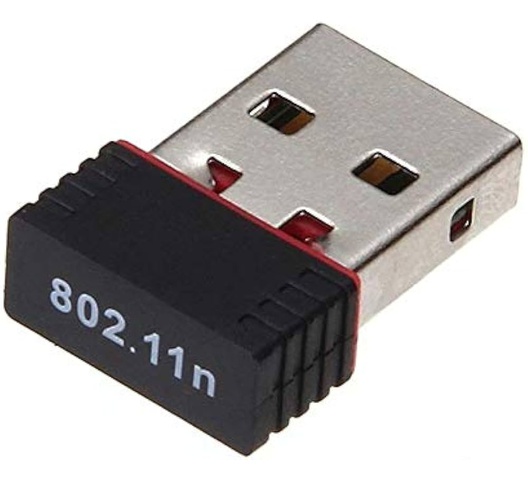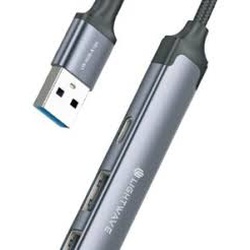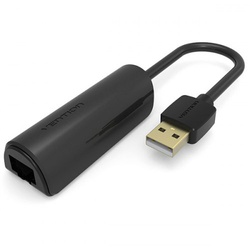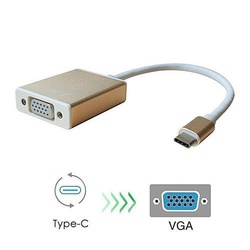
USB 2.0 Wireless N 802.11n 150 Mbps Nano WiFi Network Adapter
The Plugable Nano WiFi USB Adapter is a simple way to add WiFi to a desktop, or to keep plugged into a laptop whose built-in WiFi isn't working anymore.
- Compact WiFi - Add 802.11n (Wi-Fi 4) Wireless N network connectivity at up to 150Mbps in an incredibly small package. Perfect to upgrade an older computer or bypass a broken wireless card. 2.4GHz support only. Does not support 5GHz WiFi
- Windows Compatible - Driver downloads provided for Windows 10/11, 8.x, and 7. Not compatible with Win RT. Uses the Realtek RTL8188EUS chipset. Automatically installs in Windows 10 and 8.x with another active network connection. Drive built into Windows 11
- Backwards Compatibility - Backwards compatible with Wireless G/B networks and USB 1.1 ports. Supports Ad-hoc and Infrastructure modes. Please note: Windows 11, 10 and 8.x do not support using wireless adapters to create a hotspot (Ad-hoc network)
- 2 Year Warranty - We love our Plugable products, and hope you will too. All of our products are backed with a 2-year limited parts and labor warranty as well as Seattle-based email support
| SKU | 4483 |
|---|
Reviews
Description
USB 2.0 Wireless N 802.11n 150 Mbps Nano WiFi Network Adapter
Compliant to the Wi-Fi Alliance's Wi-Fi 4 specification, with backward compatibility to previous WiFi standards, this adapter can establish up to a 150Mbps link rate to a 2.4GHz wireless access point for a fast and stable connection.
The adapter fits snugly against the side of your laptop or PC, reducing the likelihood of breakage and staying out of the way of your other devices. The unobtrusive red LED inside the adapter helps indicate wireless activity while keeping your focus on the task at hand
Choose Better Connection Stability or Better Performance
WiFi relies on a harmony between your router, and the device connecting to it. In less populated areas be sure that your access point uses 40MHz channel widths (instead of 20MHz) to get the optimal performance from the adapter, otherwise performance will be halved. However, for more dense urban environments, it may be necessary to use 20MHz channel widths to compete with surrounding radio interference.
Due to being a single-band adapter, the adapter will only connect to 2.4GHz access points. 2.4GHz WiFi technology has the advantage of offering better range than those using 5GHz.
Configuring for the Best Connection While Avoiding Wireless Interference
To get the best performance, there are technical considerations to make. Be sure that the adapter is plugged into the front of your computer if using a tower-style PC, use a USB 2.0 port (instead of USB 3.0), and try to keep a clear line-of-sight between your WiFi adapter and the router. This will help to avoid common sources of 2.4GHz wireless interference in order to provide optimal range and performance.



